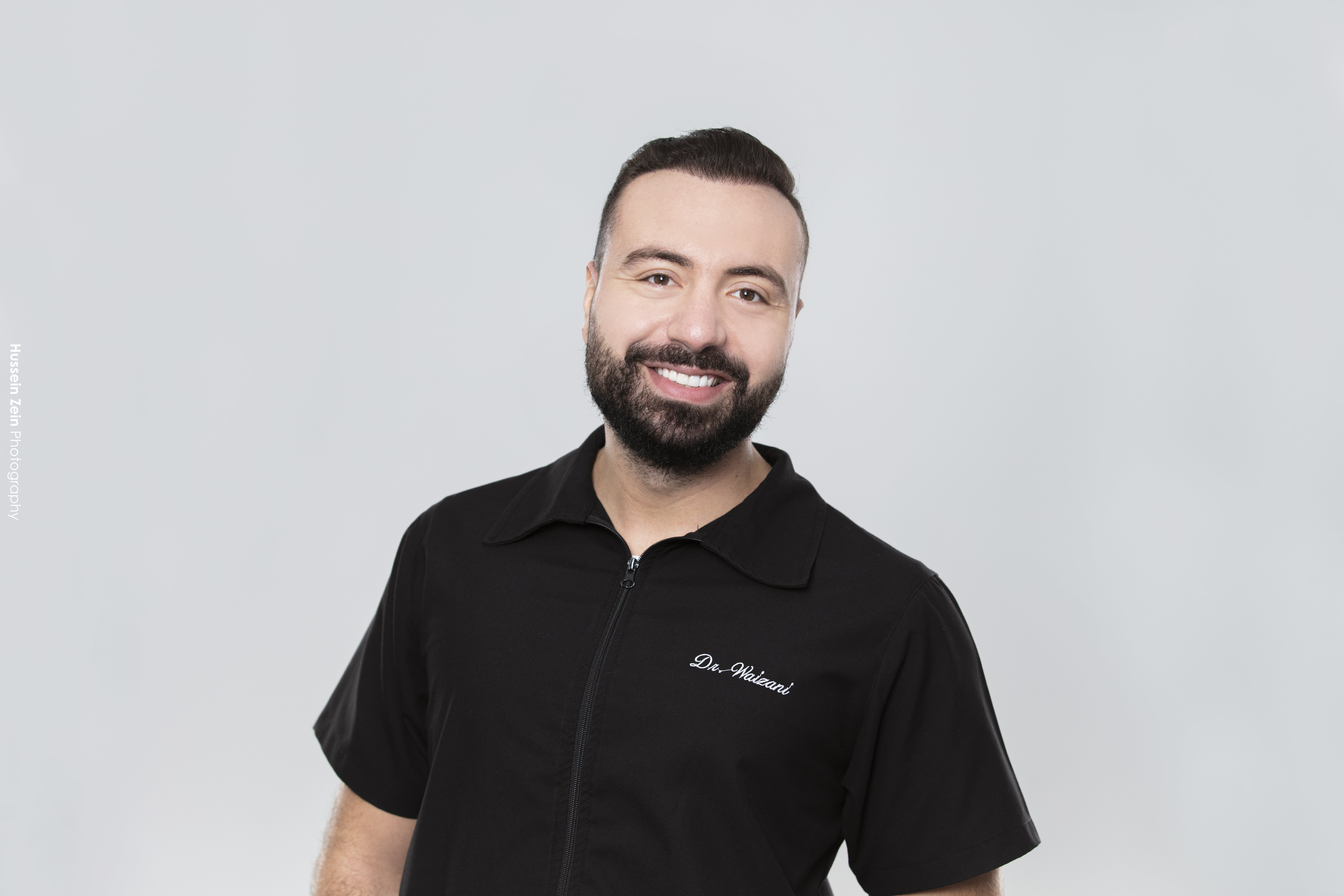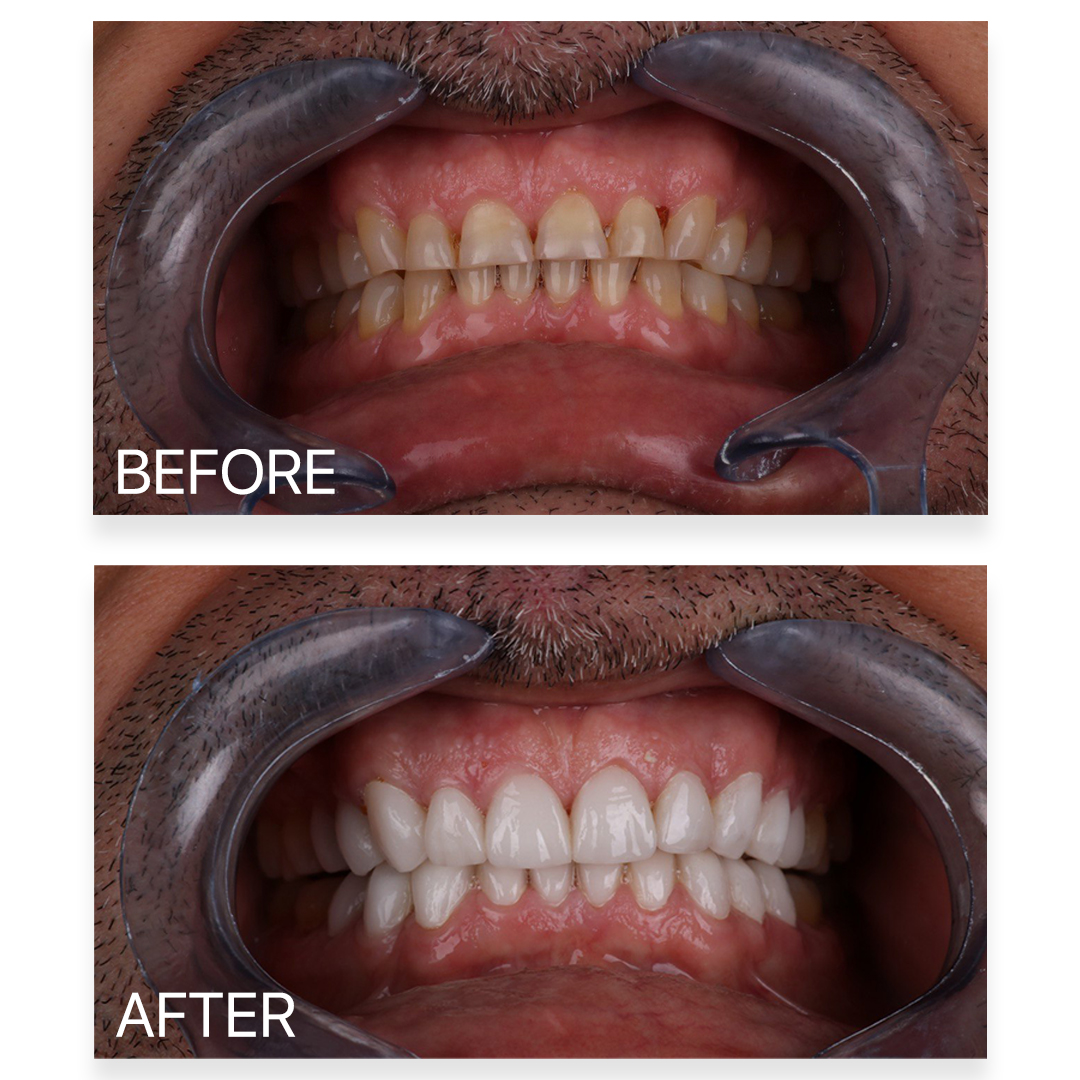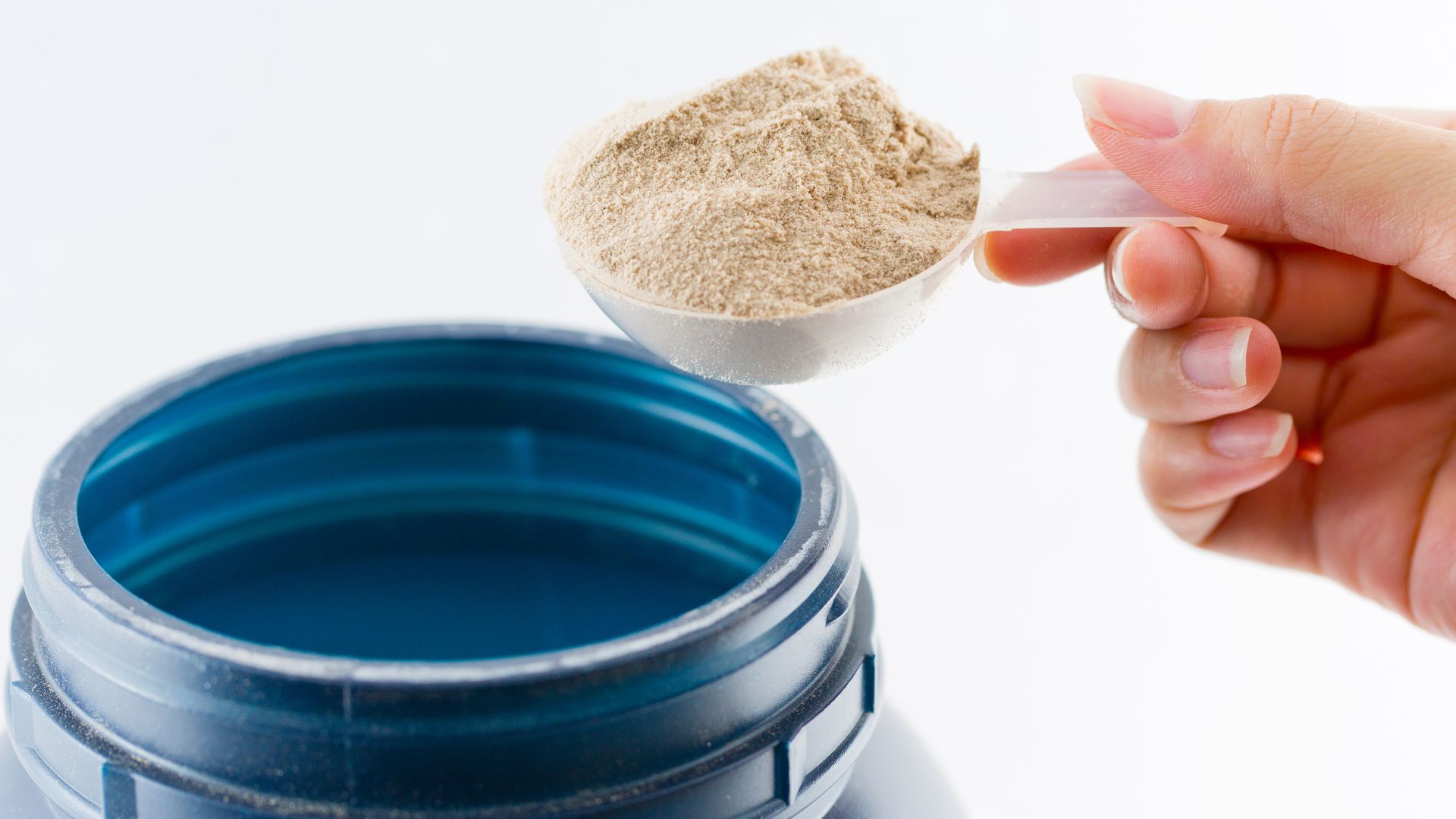Health
Innovation Leads to Winning Smiles: Lebanese Dentist Dr. Mohammad Waizani Offers Insight Into the Science of Quality Veneers

Dr. Mohammad Waizani has developed a reputation for giving his patients the smile they deserve. His highly-sought after veneer procedure uses a microscope for more accurate and long-lasting results. Considered highly innovative in the dentistry world, his patients’ testimonials serve as proof of the procedure’s effectiveness.
We sat down with Dr. Waizani to gather further insight into the process of applying veneers and learn more about the types of cases that benefit from this smile-saving technique.
Are there any preconditions to receiving veneers?
The primary condition for receiving veneers is having what we call a “normal bite.” There are many different kinds of bites, including open and closed bites. Veneers can be applied to normal bites. When we do veneers for normal bites we try to remove the minimum amount of the tooth to retain as much of the tooth’s original structure as possible. This also helps to reduce instability or sensitivity, as well as ensuring that the color will be natural and not appear fake. When you think about it, if you remove a little bit of the tooth, then the ceramic layer we place on after that can also be thin. The thinner the layers, the less fake and bulky the tooth will look.
How does the procedure work?
In the first session, we prepare the tooth and take measurements. This procedure takes around two hours to two and a half hours. When we finish, we put the temporary on the teeth. This offers protection from sensitivity and allows the patient to go about their daily life, and walk with a smile on their face.
After one week, the veneers are finished in the lab and the lab sends them to our office. Once we receive the veneers, we can proceed with gluing them on. Usually we do the upper jaw alone and the lower jaw alone so the full smile needs around two weeks from start to finish.

Where does the microscope come in and why is it so important?
We employ microscopes in the procedure, to reduce the amount of surface enamel typically removed in the installation process. Using a microscopic approach, we are able to reduce the typical width of the removed layer from between 0.8 and 1.5 millimeters to a mere 0.2 to 0.3 millimeters, keeping teeth stronger and healthier. The less we remove, the less damage can occur and the teeth continue to look great for a longer period of time.
How long do veneers last?
Like the teeth you are born with, veneers, when properly cared for, don’t have an expiration date. As long as the patient cares for their veneers the same way they would with their natural teeth, they are a long term cosmetic solution for improving your smile while maintaining a very realistic and natural aesthetic.
Are there any age requirements for veneers?
We never do veneers for anyone under the age of 18. When we do veneers, or any preparation for veneers, the teeth should be fully matured so that’s why 18 and above is the perfect age. There are also the wisdom teeth to consider but that’s a different story. We don’t have to wait for wisdom teeth to apply veneers.
What are some of the reasons your patients choose to receive veneers?
There are three overarching cases where we recommend veneers: shape, color, or both. Some people have a good shape to their face and jaw, but they don’t like the color of their teeth or vice versa. In some cases it is both the color and shape that the patient wants to improve. If they have a normal bite and we just want to change the color, we will remove a minimal amount of the tooth. If we have a normal bite but we want to change the shape, we will remove more.
Are there different types of veneers?
Dental veneers come in many different forms. Dr. Waizani’s natural veneers make use of porcelain molds for more natural looking and natural feeling teeth. Porcelain contains particles particularly similar to those found in organic human teeth, allowing light to pass through in a similar manner. Where alternative veneer materials reflect light, porcelain’s translucent quality allows for artificial veneers that are virtually indistinguishable from normal tooth enamel, in addition to being more resistant to staining and chipping.
For more information, or to book an appointment with Dr. Waizani, contact [email protected]
Health
Best Times to Take Whey Protein Isolate for Optimal Results

For anyone looking to build muscle, recover faster, or simply improve their overall nutrition, timing can make a big difference when it comes to protein intake. Whey protein isolate is one of the most efficient and bioavailable sources of protein available — easily absorbed by the body and ideal for supporting recovery and growth. Whether you’re a seasoned athlete or just starting your fitness journey, knowing the best times to take it can help you make the most of its benefits. If you’re looking for a high-quality option, explore premium whey protein isolate in Australia to fuel your results.
1. Post-Workout: The Prime Time for Recovery
The period immediately after your workout is arguably the best time to consume whey protein isolate. During exercise, your muscles experience micro-tears and deplete their glycogen stores. Consuming whey protein isolate within 30 minutes post-training provides your body with fast-digesting amino acids, which help repair muscle tissue and stimulate protein synthesis.
Pairing your shake with a source of carbohydrates can further enhance recovery by replenishing glycogen stores and promoting better nutrient absorption.
2. First Thing in the Morning
After several hours of sleep, your body wakes up in a fasted state. Consuming whey protein isolate in the morning helps prevent muscle breakdown and kickstarts your metabolism for the day. It’s particularly useful if you don’t have time for a full breakfast or if you train early in the morning.
This quick, easily digestible protein gives your muscles a readily available source of amino acids to maintain muscle mass and energy levels throughout the morning.
3. Between Meals to Support Protein Intake
If you struggle to meet your daily protein goals through food alone, taking whey protein isolate between meals is a simple way to boost your intake. This is especially beneficial for those aiming to build lean muscle or lose fat while maintaining muscle mass.
A mid-morning or mid-afternoon shake helps stabilise blood sugar levels and reduces the temptation to reach for less nutritious snacks.
4. Before Bed (When Needed)
While casein protein is traditionally recommended for nighttime use due to its slow digestion, whey protein isolate can also be beneficial before bed in certain cases — particularly for those who train late in the evening or need additional daily protein intake.
Although it digests quickly, it still provides your muscles with amino acids to support repair and recovery during the early stages of sleep.
Optimising Your Protein Strategy
Ultimately, the best time to take whey protein isolate depends on your fitness goals, training schedule, and dietary habits. The most important thing is to ensure you’re consistently meeting your total daily protein needs. Whey protein isolate’s versatility makes it easy to integrate into your lifestyle — from breakfast smoothies to post-workout shakes.
-

 Tech5 years ago
Tech5 years agoEffuel Reviews (2021) – Effuel ECO OBD2 Saves Fuel, and Reduce Gas Cost? Effuel Customer Reviews
-

 Tech6 years ago
Tech6 years agoBosch Power Tools India Launches ‘Cordless Matlab Bosch’ Campaign to Demonstrate the Power of Cordless
-

 Lifestyle6 years ago
Lifestyle6 years agoCatholic Cases App brings Church’s Moral Teachings to Androids and iPhones
-

 Lifestyle5 years ago
Lifestyle5 years agoEast Side Hype x Billionaire Boys Club. Hottest New Streetwear Releases in Utah.
-

 Tech7 years ago
Tech7 years agoCloud Buyers & Investors to Profit in the Future
-

 Lifestyle5 years ago
Lifestyle5 years agoThe Midas of Cosmetic Dermatology: Dr. Simon Ourian
-

 Health7 years ago
Health7 years agoCBDistillery Review: Is it a scam?
-

 Entertainment6 years ago
Entertainment6 years agoAvengers Endgame now Available on 123Movies for Download & Streaming for Free
